It’s time to consider the CRAFT Approach if a person is struggling with addiction of any kind and is in danger of harming themselves or other people.
Robert J. Meyers and William R. Miller founded the CRAFT addiction treatment program in the late 1970s. Let’s examine what it is exactly.
What Is CRAFT approach?
Community Reinforcement and Family Training (CRAFT) is a program developed in the 70s that has been effective in helping a loved one of an addict (“Concerned Significant Other” – CSO) with a substance use disorder who refuses treatment to motivate them to start treatment.
The program has been more than twice as effective as interventions, Al-Anon, and Nar-Anon in helping CSOs get their loved ones to treatment.1 CRAFT has been helpful for parents and developed a screening program to use with adolescents. CSOs reported a sizeable reduction in their own physical symptoms, depression, anger, and anxiety as well.2
9 Benefits Of The CRAFT Program In Addiction Treatment
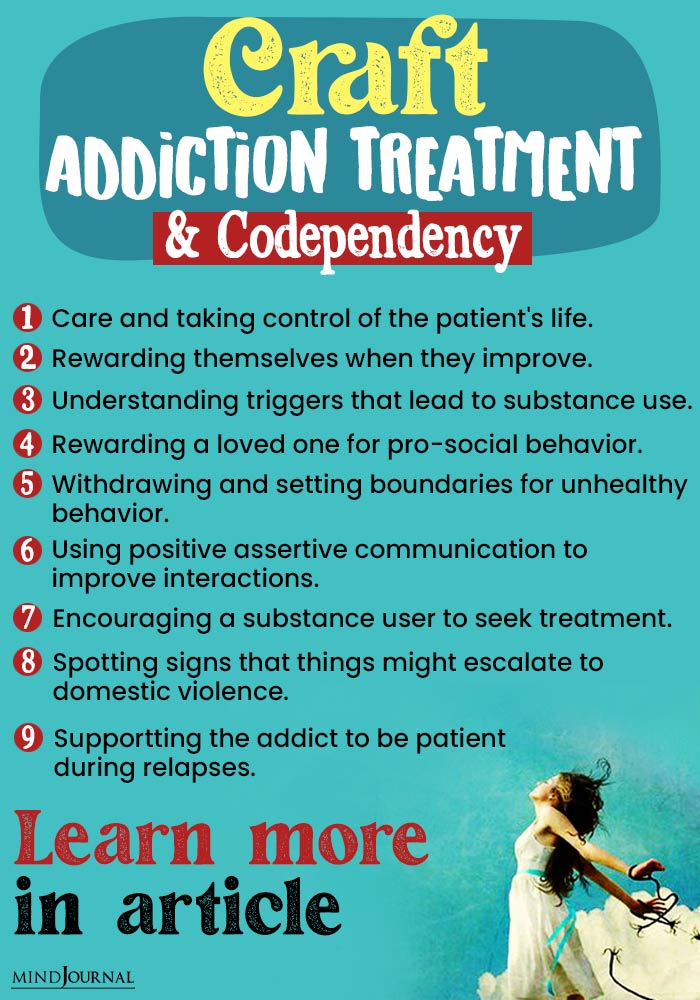
CRAFT requires CSOs attend coaching sessions with CRAFT-trained professionals over 10-14 sessions. They learn to:
- Care for themselves and take back control of their lives.
- Reward themselves when they improve their circumstances.
- Understand triggers that lead to a loved one’s substance use.
- Reward a loved one for abstinence and pro-social behavior.
- Withdraw reinforcement and set boundaries for unhealthy behavior or substance abuse.
- Use positive assertive communication to improve interactions and to maximize their impact.
- Encourage a substance user to seek treatment.
- Spot signs that things might escalate to domestic violence.
- Support the addict and be patient during relapses.
Related: 4 Harmful Impact of Adolescent Substance Abuse on Mental Health
Compared to 12-Steps Programs
Although we’re powerless over an addict’s ultimate behavior, we can create circumstances that influence someone’s choices. Unlike 12-Step programs, it uses behavioral modification and operant conditioning to motivate addicts. Rather than just stand by, CRAFT requires CSOs assertively communicate to addicts the consequences of their behavior. CSO’s are taught to praise and reward addicts and themselves for positive behavior. This approach is also helpful with narcissists.
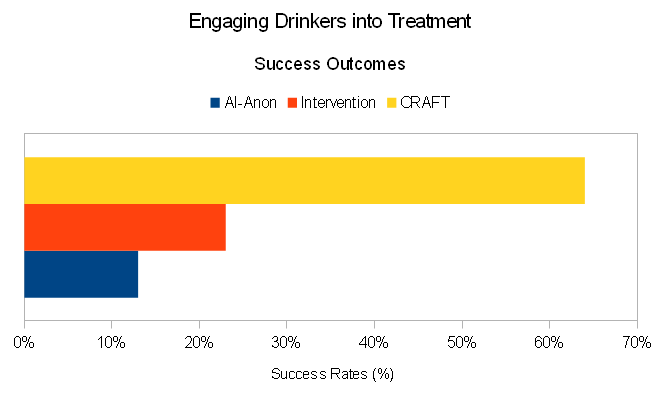
Similar to 12-Step programs, CRAFT advocates CSOs:
- Have compassion and support for the addict.
- Do not pressure the addict to get treatment.
- Do not enable. It teaches what is enabling.
- Set boundaries for unwanted behavior more specifically than 12-Step programs, including for substance use.
- Practice detachment – not ignore the addict, but communicate in an assertive, non-reactive manner.
- Pursue their own goals and increase their individual happiness.
Drawbacks of the CRAFT Treatment Program
Although CRAFT is effective in getting addicts to begin and participate in treatment, long-term abstinence as a result has not been validated. In the end it’s really up to the addict to maintain abstinence. The reinforcement of ongoing attendance in a 12-Step program can help addicts maintain sobriety. Most treatment programs incorporate 12-Step programs into their treatment plans.
Other problems with CRAFT are that it isn’t widely available and can be expensive. It requires effort and is laborious for CSOs.
Drawbacks of the 12-Step Approach for CSO’s
Al-Anon and Nar-Anon’s concepts of powerlessness and detachment can be taken to an extreme and interpreted to totally disengage from the addict. I don’t believe this is the original intention of the founders. Boundaries are recommended for self-protection.
They can also be used to shape an addict’s behavior; not just, “I’ll take my own car to the party,” but, “I won’t be accompanying you to the party if you’re not sober.” Additionally, “I won’t watch TV with you if you’ve been drinking.” These might be viewed as “control” by 12-Steppers, but they’re boundaries only over the CSOs behavior. Also, CRAFT advocates rewarding positive behavior.
Detachment can also be misinterpreted as coldness or to mean no contact or no communication. Detaching is an emotional concept, meaning to not react. This is helpful. However, cutting off communication is not an effective boundary, except in extreme circumstances, such as violence.
It’s far better to state what and why certain behavior won’t be tolerated. Doing so and then leaving an abusive conversation is more effective than stonewalling or silently withdrawing.
Related: The Connection Between Mindfulness And Recovery Success
New York Times Article about CRAFT Treatment: “Codependency Is a Toxic Myth in Addiction Recovery”
A recent New York Times article that touted CRAFT attacked the codependency movement.3 I was angry, because the author misunderstood codependency recovery and how it has helped millions of people. The following is my response:
The article does not give a balanced review of codependency and is inaccurate in some respects. A better title would have been: “New Effective Strategies in Addiction Recovery.”
The article states codependency isn’t measurable. Several tests do reliably measure codependency, such as the Spann- Fischer Codependency and Composite Codependency Scales.4 Additionally, there are numerous studies validating codependency and showing that it is linked to depression and negatively affects a codependents’ lived experience and relationship satisfaction.5
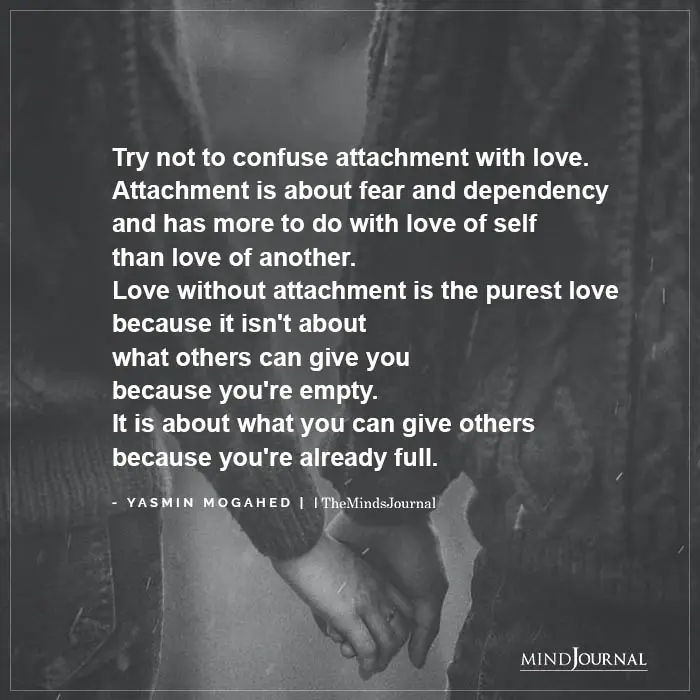
The article argues that attachment is healthy and normal. True, but codependents generally do not have healthy attachments, but insecure attachments, which create more problems and symptoms.
The article wrongly states that the goal of recovery is not self-sufficiency. Self-sufficiency is often a sign of codependency. Recovery advocates interdependency and healthy attachments.
Related: Why Are Codependents Not Taken Seriously? Taking the Joke Out Of It
The article discredits the concept of codependency because the Diagnostic Statistical Manual doesn’t include it as a mental disorder.
Yet the Manual has been widely criticized by mental health professionals and the National Institute of Mental Health for lack of utility, reliability, and validity, over-reliance on symptoms, and the task force members’ financial ties to the pharmaceutical industry.6
While the DSM aids research and insurance billing and coding, the biomedicalization of mental health oversimplifies complex human behavior, such as exists with codependency. It also takes the focus away from social and relational conditions and solutions.
Whether or not codependency can be reduced to a bio-medical diagnosis, it nevertheless has existential meaning for a huge population. It’s a condition of a lost self. Kierkegaard wrote:
“The greatest hazard of all, losing the self, can occur very quietly in the world, as if it were nothing at all.7”
This describes many codependents are so focused on other people that they’re unaware that they’ve lost themselves or that they even had a self to lose. In Codependency for Dummies, I define a codependent as “A person who can’t function from his or her innate self and instead organizes thinking and behavior around a substance, process, or other person(s).”
The seeds of codependency aren’t bio-medical, but stem from parenting that usually involves control and/or emotional or physical unavailability. Psychological research of infant and child development has confirmed the detrimental effects of flawed parenting on the developing self and adult relationships.
Dysfunctional parenting can cause not only disconnection from one’s innate self, but also deep shame (often unconscious feelings of inadequacy or unlovability) from not feeling valued for who they are, but only for compliance – and in some families even that is unpredictable.
Shame breeds low self-esteem, fear, guilt, anxiety, and depression and accounts for most codependent symptoms. Research shows that self-esteem is a predictor of relationship satisfaction and longevity, and codependents’ low self-esteem negatively impacts their relationships.
Rather than feel “pathologized,” as quoted in the article, participants in one study said that they found comfort with the diagnosis because it finally provided an explanation that made sense of their symptoms and problems and also provided a solution. (Bacon, et al.) I have frequently heard the same from clients.
Melodie Beattie gave voice to the silent suffering of millions of codependents and offered them hope – hence the huge popularity of books on codependency.
Living with an addict takes a toll on families and makes preoccupation with a loved one’s suffering inevitable. Yet, researchers early on found that such reactions of codependents both predated their spouses’ alcoholism and continued after sobriety. When codependents begin to recover, addicts are forced to look at their own life and often take steps to recover also.
Related: What Is Love Addiction: 5 Symptoms Of Love Addiction And How To Stop It
It was discovered in the early 50s that a twelve-step approach could help family members, too, and Al-Anon Family Groups was founded. It and similar programs for relatives of drug addicts advocate empathy for those people addicted to substances and how best to support them when they’re abstinent, such as judging an addict or bringing up their past.
The article suggests that codependency treatment advocates kicking out addicts. However, a tough love approach and extreme measures, such as no contact, are usually only taken as a last resort.
Often interventions and expensive treatment programs have been tried. The addict may have repeatedly declined help or stolen or damaged property and destroyed families emotionally and/or financially. The article rightly points out that families should maintain boundaries around violence.
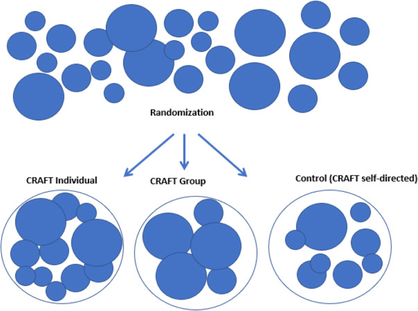
CRAFT has developed a useful approach, but although CRAFT has helped get people into treatment, the program is labor-intensive, difficult, and expensive to access and hasn’t shown to substantially increase long-term abstinence.8 Eighty-five percent of individuals relapse within a year of attending rehab.9
In Alcoholics Anonymous, it’s frequently said, “If my wife (or husband) helped me one more time I wouldn’t be alive today to talk about it.” Like the mother described in the article, my client also sent money to her son in rehab for his medical needs. He had had many unsuccessful attempts at abstinence and spent time in and out of prison. He used the money she sent to buy and sell drugs and was asked to leave the rehab.
There are many cases where families are destroyed emotionally and financially trying to help an addict who dies of addiction nonetheless. It’s typical for the wife mentioned in the article to blame herself for her son’s death, but we don’t know the outcome had she acted differently. It is difficult to attribute cause or what might have been. His death was caused by his addiction, not by her.
Previously, the state criminalized addiction, which also wasn’t helpful. How best to help an addict is an ongoing investigation. New and different approaches should not be grounds to attack codependency, treatment for which has helped millions of individuals.
© 2022 Darlene Lancer
References
[1] https://www.apa.org/monitor/2017/12/underappreciated-intervention
[2] https://www.ncbi.nlm.nih.gov/pmc/articles/PMC3860533
[3] https://www.nytimes.com/2022/07/08/opinion/codependency-addiction-recovery.html
[4] https://en.wikipedia.org/wiki/Spann-Fischer_Codependency_Scale https://www.tandfonline.com/doi/full/10.1111/j.1742-9536.2011.00034.x
[5] Bacon, I., McKay, E., Reynolds, F., McIntyre, A. (2018). The Lived Experience of Codependency: An Interpretative Phenomenological Analysis. International Journal of Mental Health and Addiction https://doi.org/10.1007/s11469-018-9983-8 and https://link.springer.com/article/10.1007/s12144-022-02875-9
[6] https://www.ncbi.nlm.nih.gov/pmc/articles/PMC3302834
[7] Kierkegarrd, Soren. (1955) Sickness unto Death. Doubleday.
[8] Cor de Jong, A. Kerkhof. A systematic review of the effectiveness of the community reinforcement approach in alcohol, cocaine and opioid addiction. Drug and Alcohol Dependence 74 (2004) 1–13
[9] https://www.ncbi.nlm.nih.gov/pmc/articles/PMC3674771/
Written by Darlene Lancer, JD, LMFT
Originally appeared on WhatIsCodependency.Com
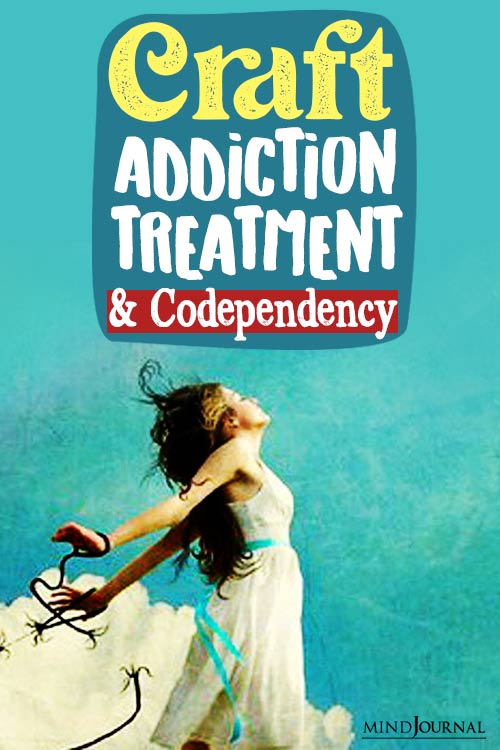
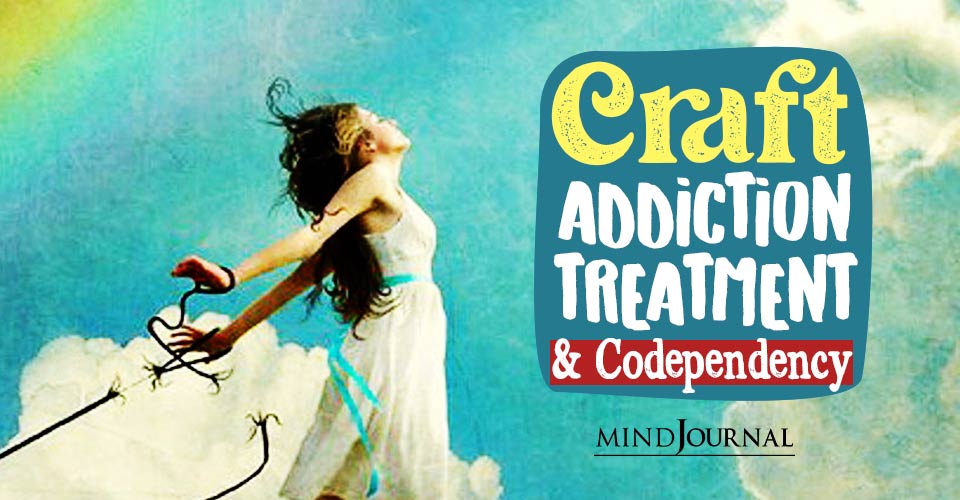

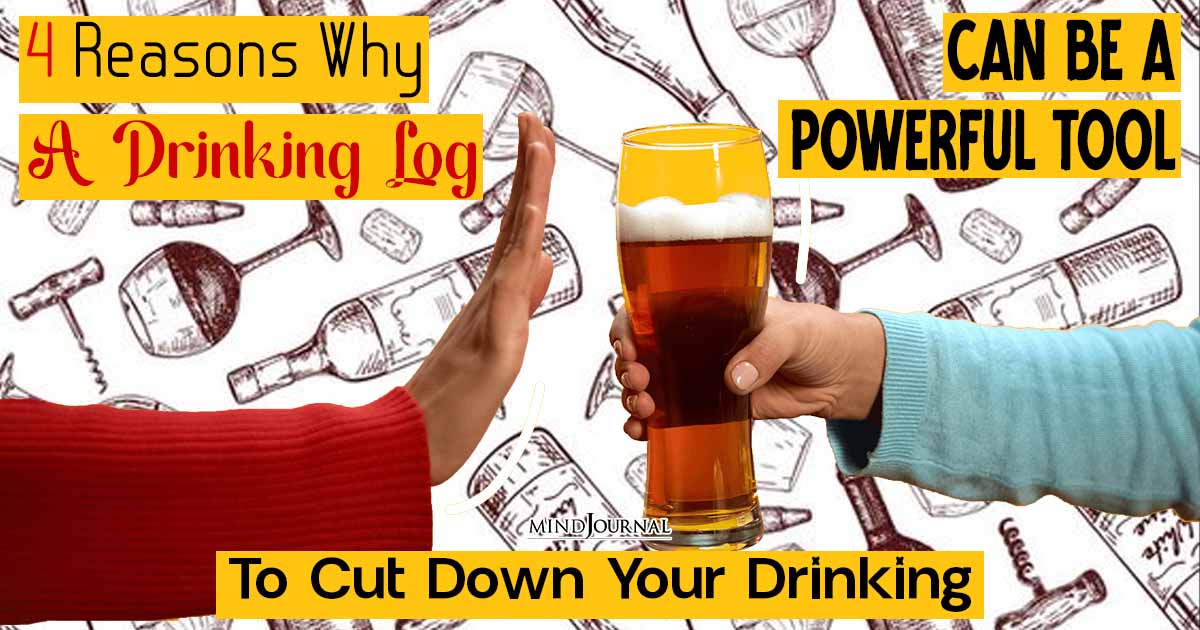
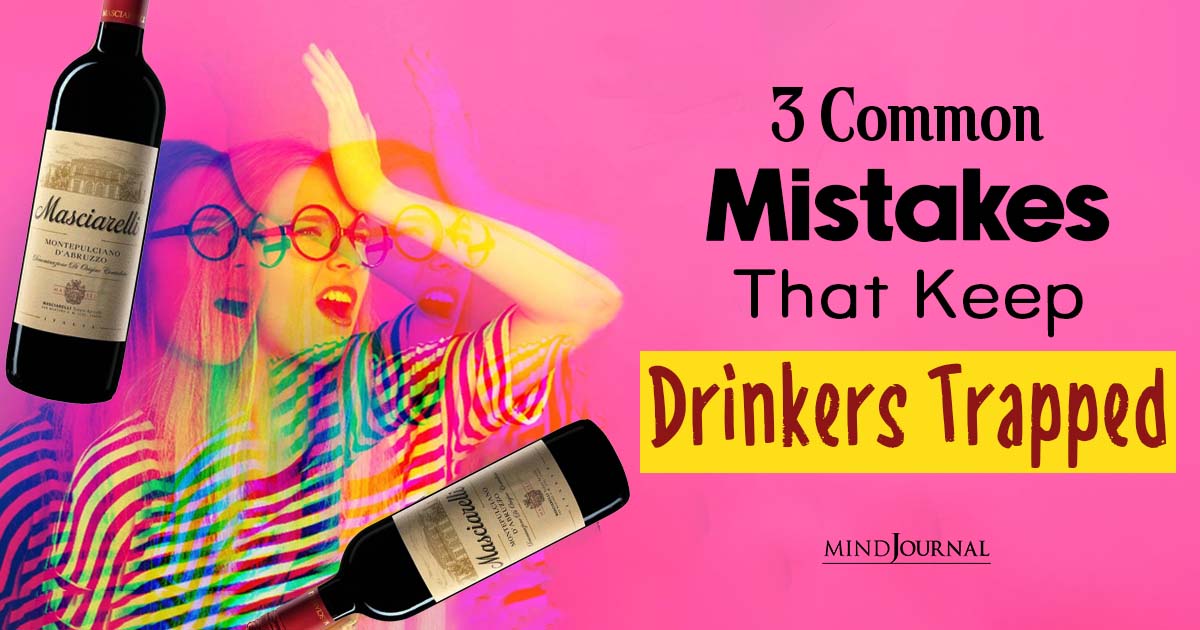
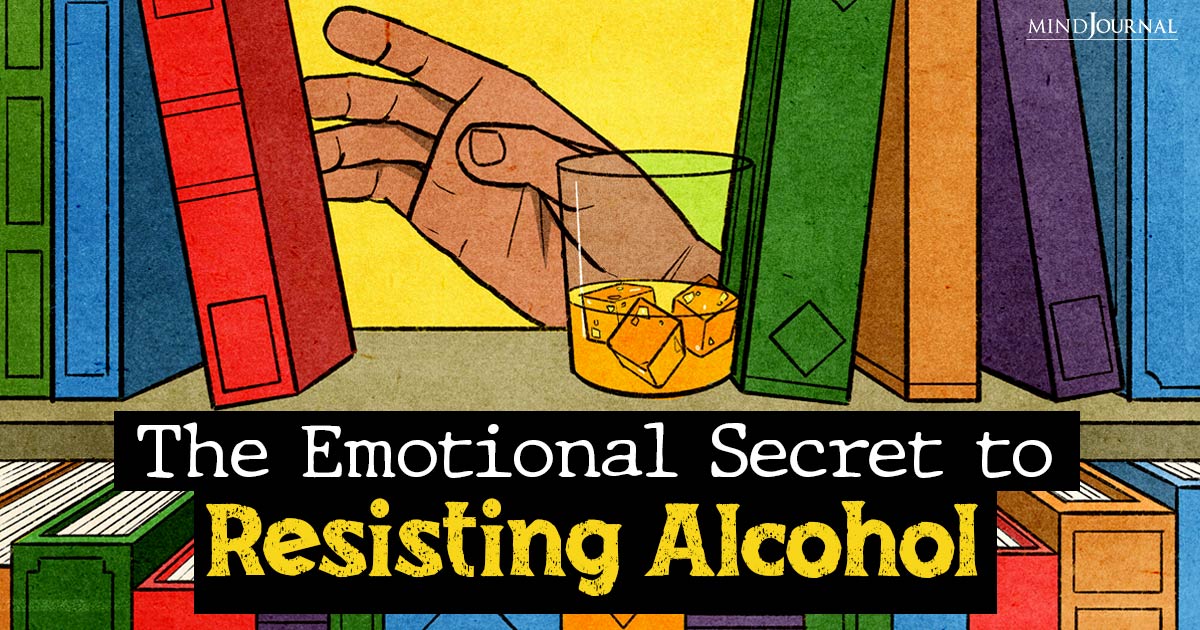
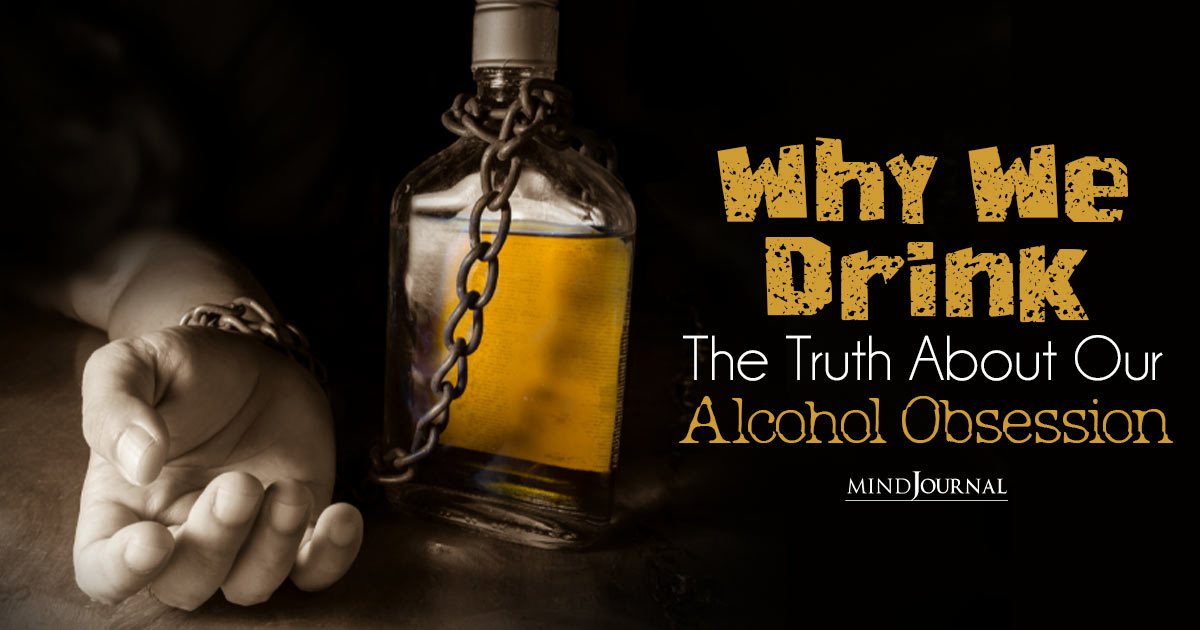
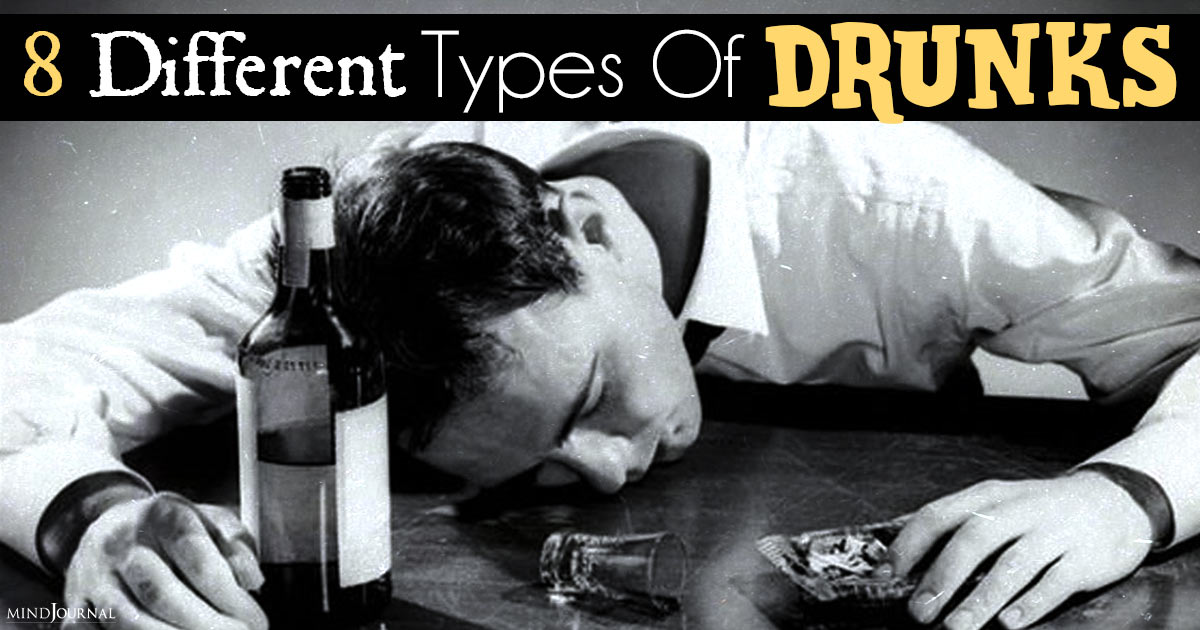
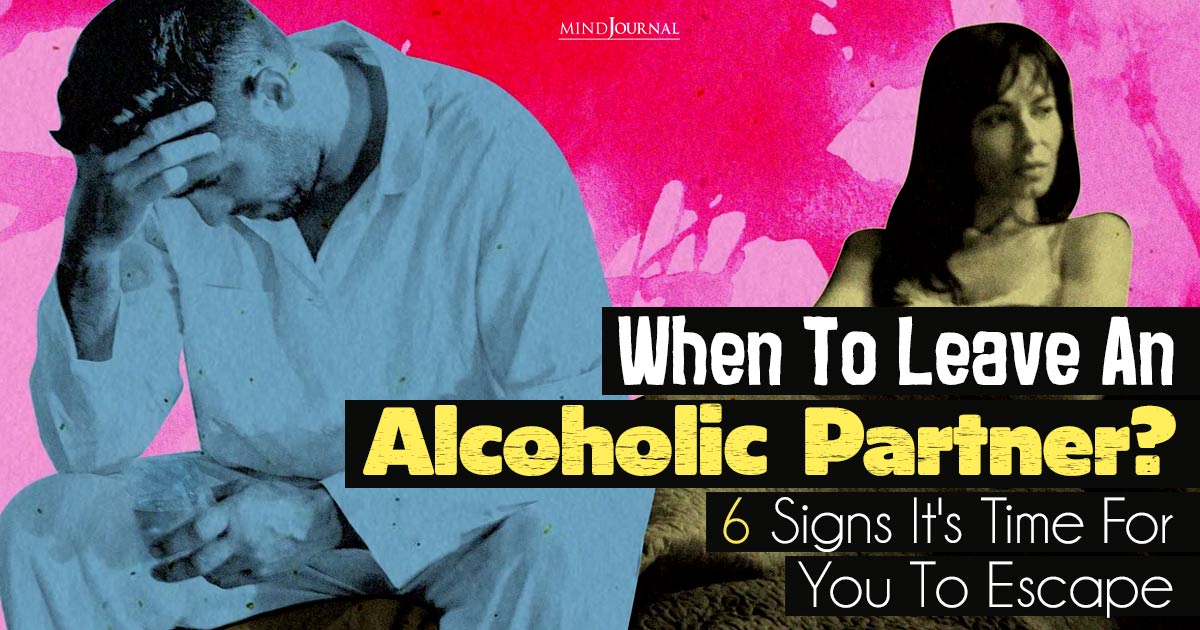
Leave a Reply
You must be logged in to post a comment.